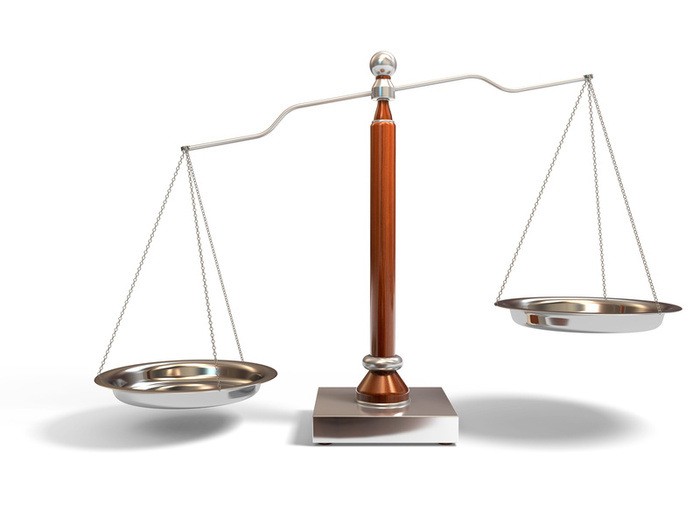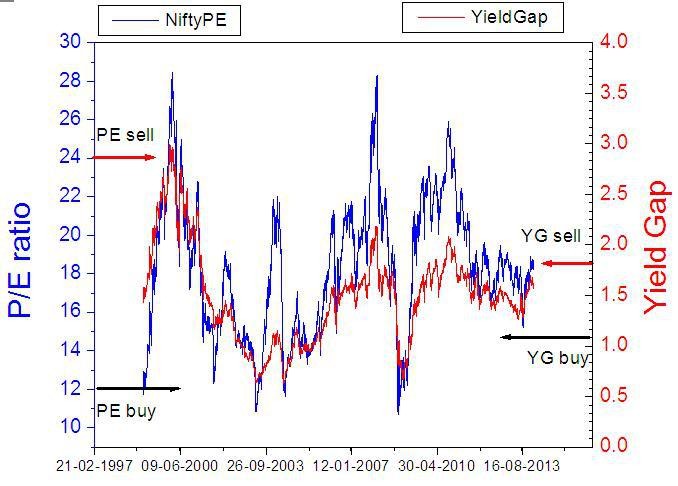The Permanent Portfolio A Fascinating LowVolatility Option For The Long Term Indian Investor
Post on: 25 Июнь, 2015 No Comment

Worried about fluctuating stock market returns? Worried about sliding gold prices? Not sure how much to invest in equity or in gold? Here is an example of a portfolio based on an ingeniously simple notion that has proved to be remarkably stable irrespective of market conditions stock/commodity/debt/currency markets!
The Permanent Portfolio in an alternative investing paradigm developed by Amercian investment adviser Harry Browne in 1981. The permanent portfolio comprises of stocks, bonds, cash and gold in equal proportions (25%) ! This sounds bizarre because for long term goals most investment advisers would recommend (1) significant equity exposure. Typically 100-age. That is 65% equity allocation for a 35 year old and rest in debt. (2) little or no gold exposure (not more than 10%) (3) little or no cash.
How can such an unconventional portfolio allocation work for long term goals? The idea behind the permanent portfolio is fascinatingly simple. In his book, Fail-Safe Investing: Lifelong Financial Security in 30 Minutes. Browne writes about four possible economic conditions:
The idea of the permanent portfolio is to choose instruments which will do well in one or more of the above conditions. According to Browne these are:
- Stocks When the markets do well. Direct equity or mutual funds. Even an index fund should do.
- Cash during recession. For example a liquid fund
- Gold during inflation
- Long Term Bonds during deflation and prosperity
Thus the permanent portfolio is: 25% Stocks, 25% Cash, 25% Gold and 25% bonds. To ensure an investor is financially safe, no matter what the future brings. Read more: The Permanent Portfolio Allocation
An ideal portfolio should provide returns that beat inflation with low volatility. Low volatility here means the compounded annual growth rate (CAGR) at the end of each investment year should not vary too much from the final CAGR. Why low volatility? Too much volatility will kill the fruits of compounding, that is why. The permanent portfolio has measured up to these two requirements in the US quite impressively for the last 40 years! For details: Performance and Historical Returns
Will this approach work in India? An expert is likely to say no for several reasons. (1) India is an emerging economy and equity exposure should be higher than 25% for portfolio returns to beat inflation (2) gold is not an effective hedge for inflation (at least in India) (3) cash or liquid debt is unsuitable for long term growth. I am sure there are more. This is as far my thinking takes me. Feel free to add to this in the comments section.
Why not check for ourselves? I have simulated the performance of the permanent portfolio by considering historical Sensex, gold, fixed deposits (instead of bonds) and savings bank returns (instead of money market instruments or liquid funds). One could simply add 1-2% to the SB interest rate to make it resemble a liquid fund. The allocation is 25% in each category, rebalanced each year as noted by Browne in Fail-Safe Investing. You can use the attached Excel file to analyze the performance of the permanent folio for any and every duration between 1979 and 2012 for SIP and lump sum investments.
Short term performance: The permanent portfolio has not always produced great returns for short durations. If you have started a SIP in 2009 you would got an impressive CAGR of 13.62% 3 years later. However if you had started it in 2000, you would have got only 2.2% 3 years later.
Five year returns are a little better. All investments made since 2000 would have yielded impressive double digit returns while investments started between 1992 and 1999 would have yielded dismal returns. If there is a period in time when multiple asset classes under perform simultaneously (for example gold and stocks in the mid 90s) the permanent portfolio fails to impress for short durations. Nothing to shout about though.The investing paradigm is not meant for short term investing (in my view!).
Long term performance: As the investment duration becomes longer, the benefits of the investment portfolio become clearer. The average CAGR of every possible 15 year SIP between 1979-2012 is an impressive 11.2% However SIPs started between 1986 1992 would have got only singe digit returns (lowest of 7.8% for a 15 year SIP started in 1986).
When the investment duration is increased to 20 years almost every duration has a double digit return or close to it (the lowest is 9.51%). For a 25 year duration the average CAGR is 11.2%. There are a total of nine 25 periods between 1979-2012. The highest CAGR is 11.48% and the lowest is 10.7%.
Thus for long investment durations (typically more than 20 years!) the permanent portfolio offers a return which is nearly independent of when you start the investment.
Notice the low volatile, steady performance of the permanent portfolio (green line, right axis ).

The most important feature of the permanent portfolio is its low volatility. That is the CAGR at the end of each investment year does not vary too much from the final CAGR. For example a lump sum investment in the permanent portfolio started in 1987 would have yielded a CAGR (geometric mean) of 11.9%. The arithmetic mean is 1.4% more than the CAGR. This difference between the two means can be considered as a measure of volatility.
If we compare this to a more common asset allocation in which we use 70% equity exposure and 30% debt (FD) exposure, the same lump sum investment started in 1987 would have yielded a CAGR of 15.1% for annual rebalancing. The volatility however is 3%. Thus the yearly returns of a permanent portfolio fluctuate considerably lower than a typical long term portfolio. Lower returns is the price one must pay for this low volatility. You can play with this rebalancing simulator to gauge the performance of conventional equity:debt portfolios.
Note: In the simulation I have used a SB account and added 2% to it so that returns resemble that from a liquid fund. This is not really necessary since it does not make a significant difference to long term returns.
What about risk? Assuming that the permanent portfolio minimizes volatility for long term investments, we need to consider risk. For long term investments the risk of importance is loss of value. That is the returns should comfortably beat inflation in order for any corpus to be effective. In this regard I am not too sure about the performance of permanent portfolio. While it does provide consistent returns of 10-11% for durations above 20 years or so, it is important to recognize that I have not included taxes in the calculation. I would think post-tax returns would hover around 8-9% for a net 11% pre-tax return. This just about equals inflation. Not a bad performance at all, but not great either.Not great because such a return may or may not be sufficient for a financial goal. It certainly good enough for someone with a frugal lifestyle with retirement 25 years away. A long term (
15 years) portfolio with (100-age)% in equity still remains the best bet (historically) for comfortably beating inflation.
So why bother? The Indian investor should take the permanent portfolio seriously for several reasons:
- It is a good option for the investor with a volatile temperament. Many investor get jittery and all worked up when equities do badly for many years together. The (100-age) equity exposure formula may not be well suited for such investors. Panic is likely force them make dramatic mistakes and kill the power of compounding. The permanent portfolio with limited exposure in equity (and gold!) maybe better suited for such investors. Of course I am assuming such people look at the overall portfolio growth and not at individual asset classes! A little too much to expect?
- It is a fantastic illustration of how proper diversification can protect a portfolio. In the 2008 market crash the permanent portfolio fell only by a remarkable
2%! The % allocation to each asset class need not be 25%. The key is to choose asset classes with little or no correlation in performance.
Who is it not for? It is certainly not for those constantly obsessed with returns. Not for those who wish to build wealth (someone please explain to me what that means). Not for those who question the 25% allocation: Since gold has crashed, why should I not increase exposure in gold now? If I maintain 25% exposure in equity at all times? Will I not miss out on chances to invest more during market crashes?
Implementation: There are many ways in which a permanent portfolio can be constructed. Ways which are far more rewarding and maybe tax efficient than the one I have used for the simulation:
- 25% good large cap fund, 25% gold etf, 25% income debt fund and 25% liquid fund. (1/4 asset classes has no long term capital gains tax)
- 25% good large cap fund, 25% gold etf, 25% income debt fund and 25% arbitrage fund. (2/4 asset classes has no long term capital gains tax)
- 15% good large cap fund, 10% good mid-cap fund, 25% gold etf, 25% income debt fund and 25% liquid fund
- Can you suggest ways in this can be done better?
What do you think about the permanent portfolio? Do you think it is suitable for Indian retail investors?














